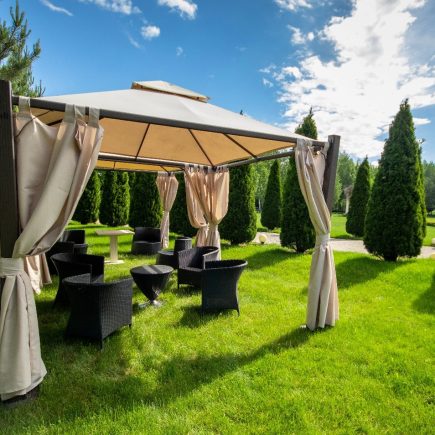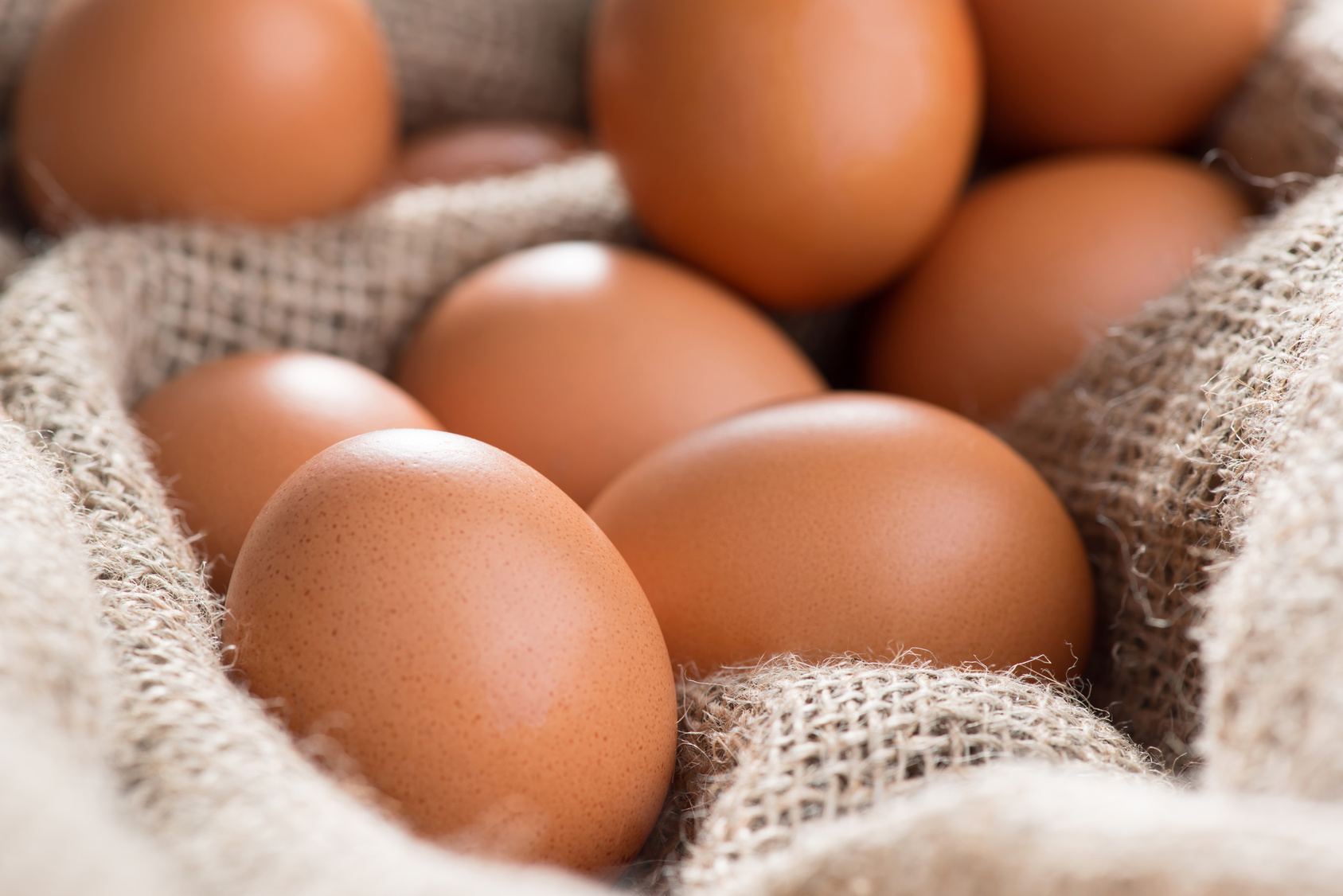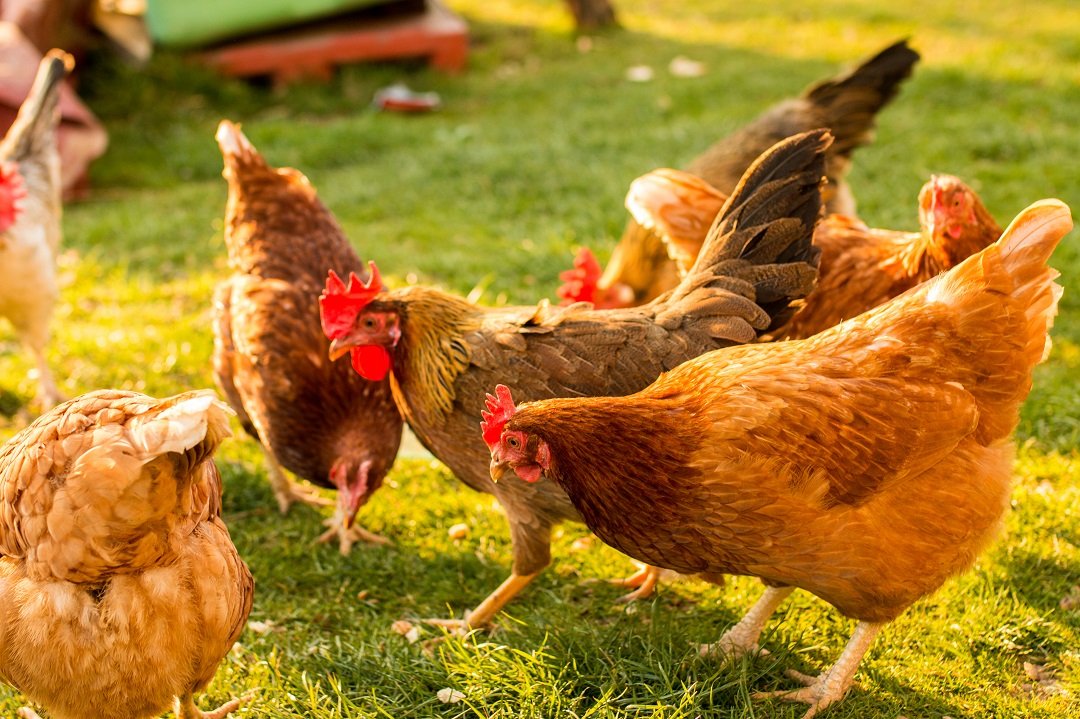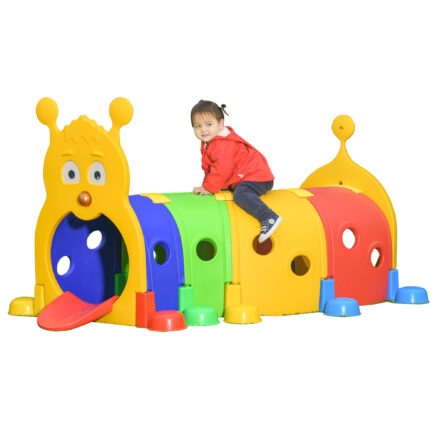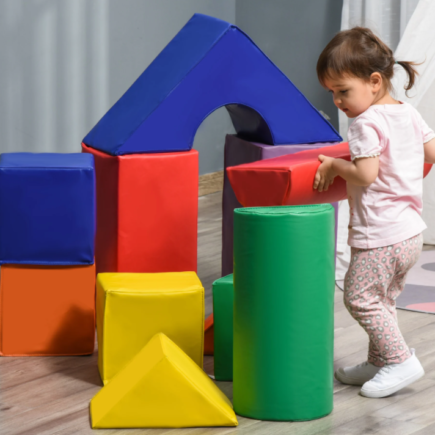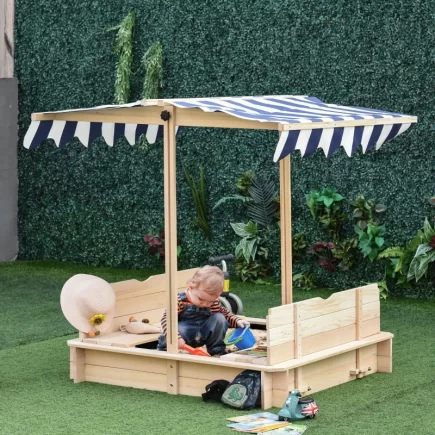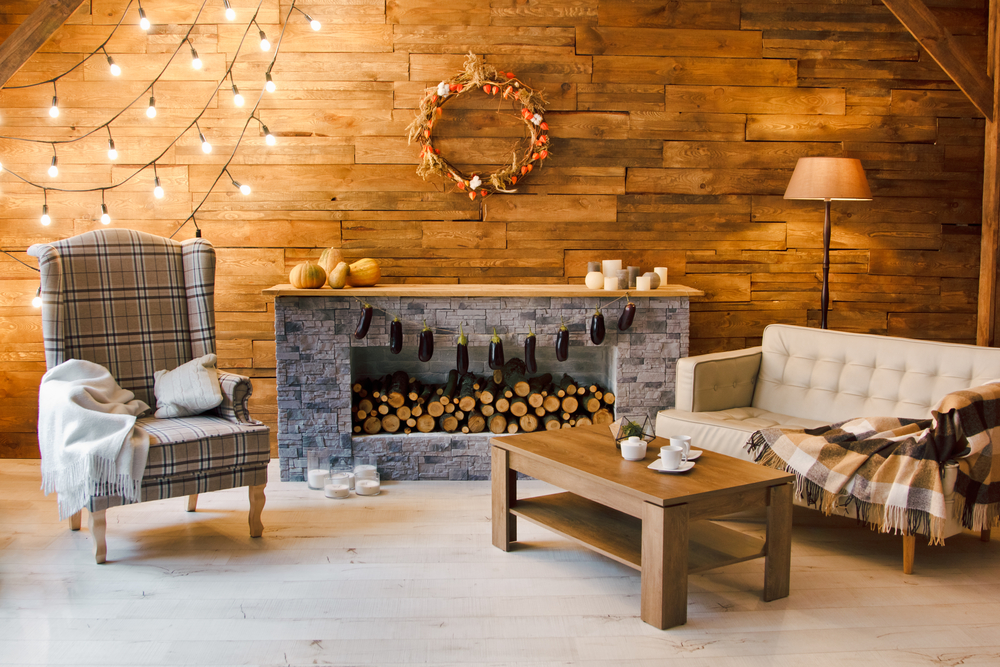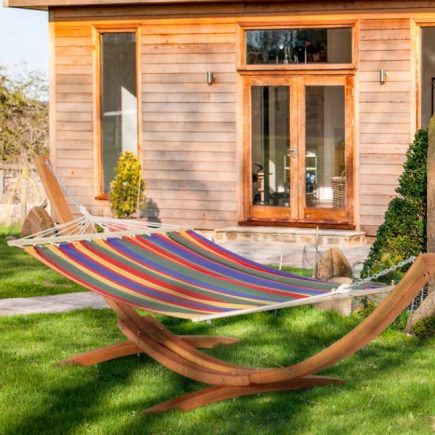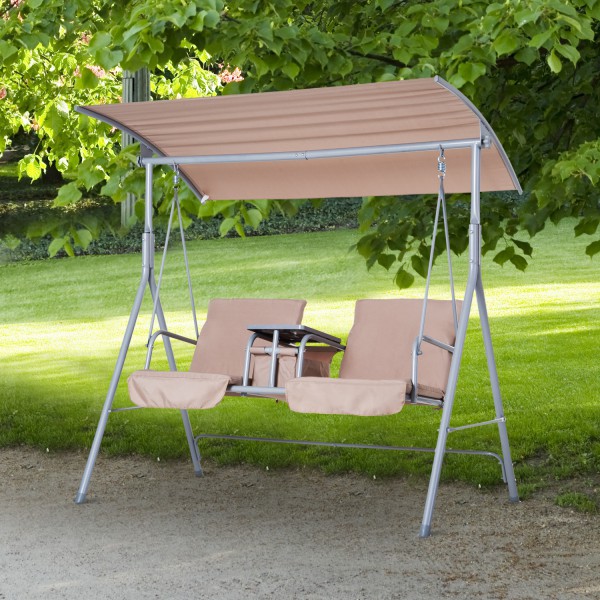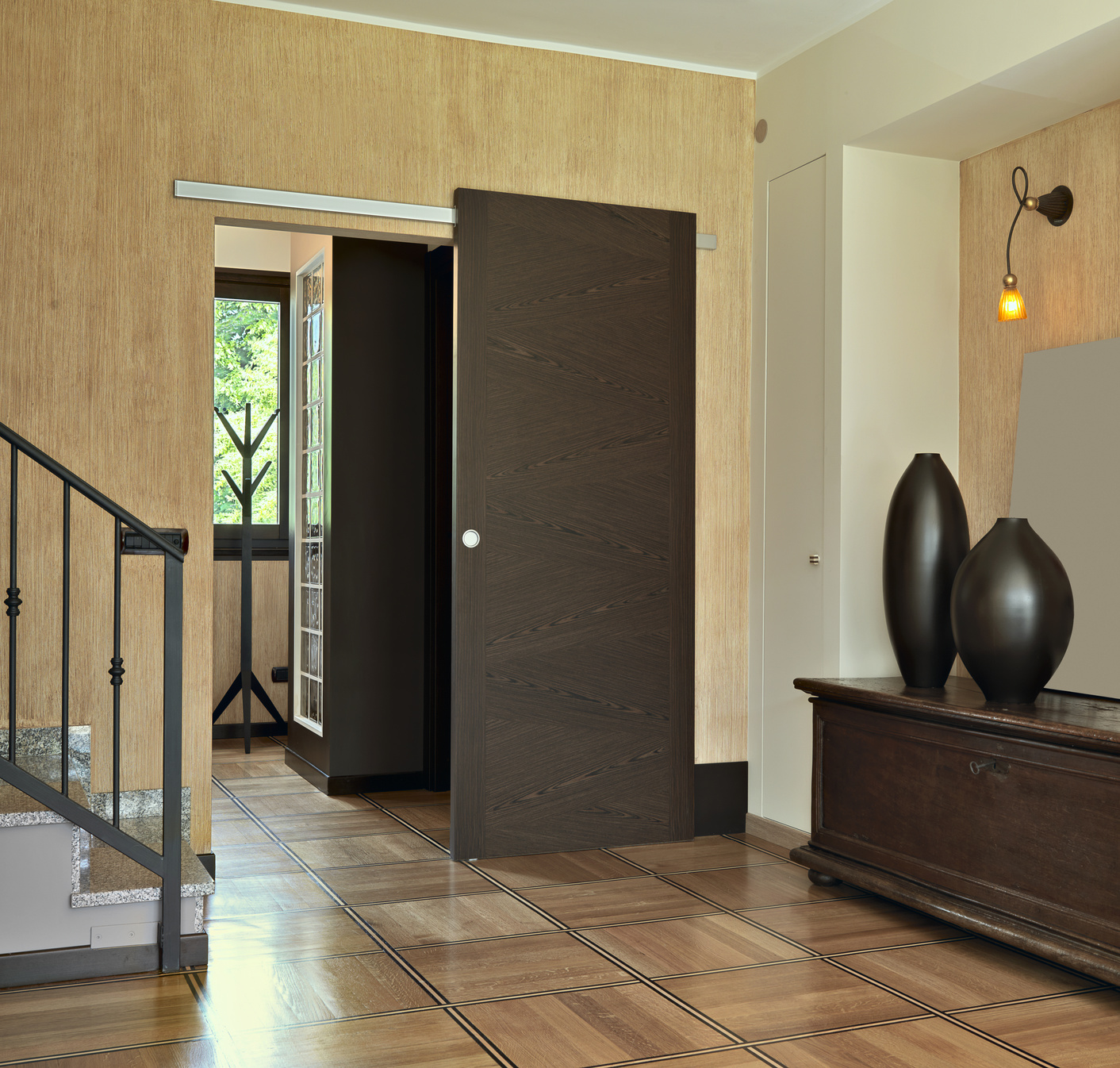The best time to winterize your chicken coop is in the late summer or fall, so let’s get to it!

Chickens are actually pretty cold tolerant- they tolerate cold much better than heat. Temperatures as low as -10F probably won’t bother your chickens very much. They’re covered in feathers and down, so their little bodies are naturally insulated in nice fluffy down coats. That being said, you’ll still need to winterize your chicken coop to keep them safe and happy all winter long.
Most likely, your chickens won’t produce as many eggs in winter. They’ll be putting more energy into staying warm. Also, decreased daylight hours may keep chickens from laying during the darkest weeks of winter.

Your chickens will probably molt in the fall or winter. This will affect egg production as well. Molting is completely natural and necessary part of a bird’s life. Basically, old feathers fall out and new feathers grow in. If your chickens start looking scraggly in fall or winter, don’t panic- they’re probably just molting, not sick.
Frostbite is a major concern for chickens in winter. Damp, cold conditions can lead to frostbite on chickens’ feet, combs, and wattles. Winterize your chicken coop to keep it dry, warm, and well ventilated; this is essential to preventing frostbite.
Step by Step Guide to Winterize Your Chicken Coop

- Clean the whole coop. Remove all bedding, waste, debris, food, etc. Thoroughly clean coop, roosts, nesting boxes, and runs.
- Check the coop for any cracks or holes. Patch or fill these in to reduce drafts. Wooden coops naturally insulate the best. It’s important for the coop to have good ventilation though so you don’t want to stop all airflow. An overly humid coop is not good for chickens.
- Check the roof, floor, and side joints of your coop to ensure that the coop is still waterproof. You may want to treat the outer wood on your coop with waterproofing spray or sealant.
- Supply adequate bedding- about 6-8”. Pine shavings are great for the floor and nesting boxes. Straw or hay works well also. This will add insulation to the coop and help your chickens stay warm. You’ll need to clean out and change the bedding on a regular basis.
- You may want to run an artificial infrared light in the coop if you want to stimulate egg production. Make sure to turn the light off at night though so your chickens can get some sleep. A light should only be used in the mornings and evenings to add a few hours of light to your chickens’ day.
- Make sure your chicken yard is secured. Escaped chickens will have a harder time surviving in winter than in summer.
- Be aware of potential frostbite in chickens, when temperatures drop below freezing. If your temperatures consistently drop below freezing, you may want to fit your coop with a heat lamp. Make sure that it is in a place where the chickens cannot roost on it or peck at the cord. Heat lamps shouldn’t be run constantly; instead, only use a heater to heat the coop intermittently. Overheating the coop can lead to too much humidity.
- Feed your chickens extra in the winter, especially scratch or corn. This is a high-fat food which will help them pack on some winter pounds and keep warm. Feeding chickens in the afternoon or evening will keep their digestion process going throughout the night, which will help them keep warm.
- Lock your chickens in the coop at night. This is generally a good idea year-round to keep them from becoming a snack for predators, but is especially important in winter. Chickens produce body heat which will heat the coop and keep each other warm. Securing them in the coop encourages them to stay inside where it’s safe and warm.
- Make sure your chickens always have fresh, not frozen water. If temperatures drop below freezing, try putting out slightly warmed water to keep it accessible longer throughout the day. You can also invest in a heated water bucket if you live in a place with consistently low temperatures.

Additional Suggestions
The coop needs to be kept dry and draft-free in winter. If your coop has windows, you’ll want to close them at night (but open them back up in the morning so the coop can ventilate). If your windows don’t have coverings, you’ll want to make some. Even a simple fabric curtain or towel can help preserve heat on cold winter nights. You can also partially cover your coop with a tarp to keep rain or snow off and to help trap heat inside.
Feed your chickens outside. This forces them to get out of the coop and get some fresh air and daylight. Feeding in the coop can attract rodents and will be messy, so you’ll have to clean more often. Outdoor feeding benefits your chickens and saves you extra work.
Using a heated light or lamp to warm your coop at night is generally not a great idea. The light will interrupt your chickens’ sleep patterns. Instead, use a light on a timer to provide only a few extra hours of light in the morning and evening.
Don’t have chickens yet? If you live in a cold-weather area, here are the best cold-hardy bird breeds to consider:
Ameraucanas, Ancona, Black Australorps, Black Giant, Blue Andalusian, Brahma, Buff Orpingtons, Cochins, Delaware, Dominique, Langshan, New Hampshire, Plymouth Rocks, Rhode Island Red, Russian Orloff, Speckled Sussex, Wyandottes.
Got rabbits instead of, or in addition to, chickens? You can follow the same steps to winterize your rabbit hutch as well.

Our Chicken Coops and Rabbit Hutches for Sale
All of our chicken coops and rabbit hutches are on sale right now! Take an extra 10% off using code Coop10 now through September 24th.
Chicken Coops
|
|
|
|
|
|
|
|
Rabbit Hutches
|
|
|
|
|
|
|
|
References
https://www.theartofdoingstuff.com/winterize-a-chicken-coop/
https://www.fresheggsdaily.com/2017/11/how-to-winterize-your-chicken-coop.html
https://backyardpoultry.iamcountryside.com/coops/winterizing-chicken-coops/

